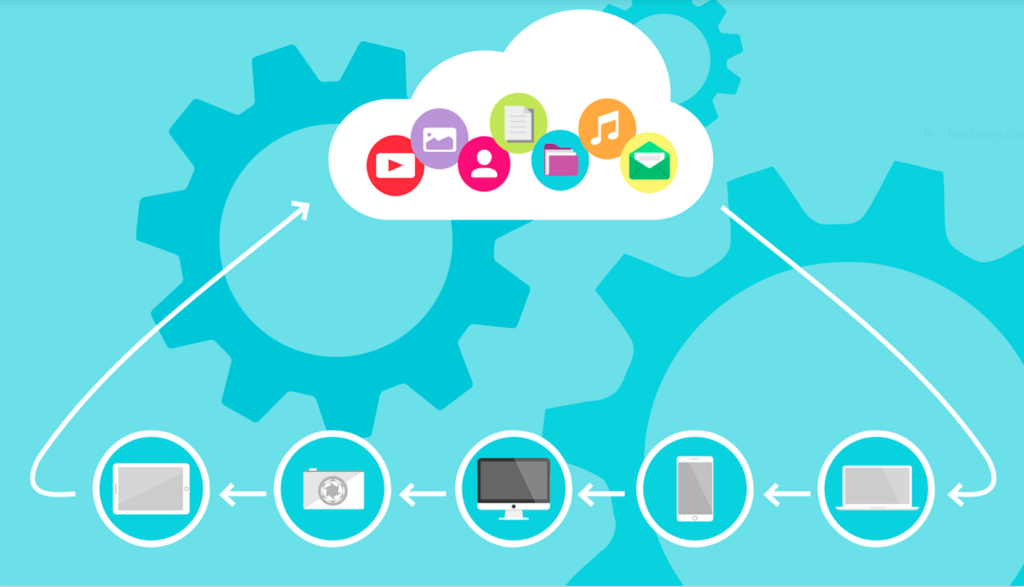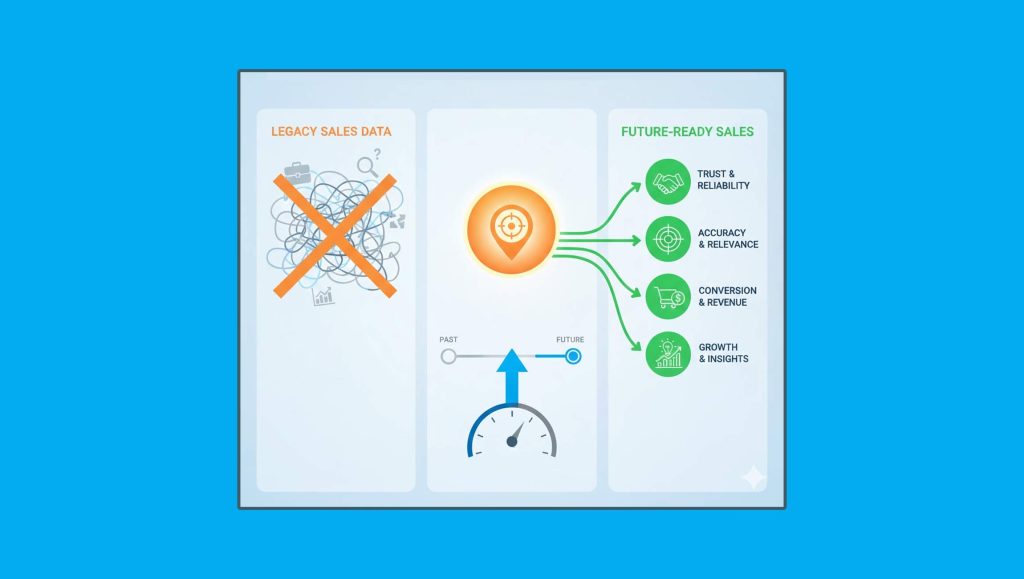Businesses employ cloud adoption to increase the scalability of database capabilities on the Internet while lowering costs and risk. To do so, companies use cloud computing, which involves storing, managing, and processing essential data on remote computers maintained on the Internet. While public cloud computing has been accessible for some years, hybrid cloud computing is a recent idea that combines one or more cloud providers. Businesses can benefit a lot from clout adaptation, and it’s something to keep an eye out for in 2022.
Current State of Cloud Computing
Like many new technologies, Cloud computing did not become widely embraced and used quickly. People took time to understand the cloud, and IT companies took even longer to develop the infrastructure and technology that would enable cloud adoption. It’s no easy effort to get from a concept to a fully formed company proposition. Cloud adoption and computing have been steadily gaining traction in the current IT scene due to its multiple advantages, including mobility, flexibility, and excellent quality. Cloud adoption and computing enable enterprises to create flexible architecture to handle dynamic applications by allowing resource allocation in response to changes in workload needs.
Companies are now using cloud computing services worldwide to deliver a vast and diversified range of services. Cloud computing services are becoming more popular among businesses.
Read More: How D2C Disrupts Industries: An In-Depth Look
Cloud Adoption Trends
Here are some rising trends:
- Hybrid Cloud Environments – Organizations are increasingly choosing the option of hybrid working environments for cloud computing to serve workloads that demand a seller, multi-platform strategy.
- Edge Computing – Edge Computing is another popular trend for cloud computing. This is a cloud computing decentralization trend in which computation and storage parts are distributed closer to the devices to minimize delay and optimize connectivity.
- Serverless Computing – Serverless cloud computing is a concept that entails many tiers of backend service solutions that allow developers of websites to code freely while cloud providers handle platform execution.
- Data Democratization – Data democratization of cloud computing is a prominent trend that allows anyone to access, study, and analyze data to assist in decision-making for data-driven applications.
Importance of Cloud Adoption
Cloud adoption is critical because it provides scalable enterprise IT at a rapid pace, it’s the reason behind the digital transformation seen in today’s time. Speed is required to attain a competitive edge since it equates to efficiency. Cloud adoption and computing, in general, provide the necessary speed for a firm to swiftly introduce new goods and establish market competitiveness. Some of the major advantages of cloud adoption for enterprises are –
- Reduced Capital Expenditure – The cost of acquiring new hardware, as well as the cost of constructing and operating important IT infrastructure, is referred to as capital expenditure. Since the complete network and storage infrastructure may be made available from a data center, there is no need for any infrastructure equipment by an enterprise while using cloud adoption. Similarly, the enterprise will not have to spend money updating hardware or purchasing software licenses for a short period because the cloud services provider would be responsible for supplying infrastructure and provisioning both hardware and software s to meet the firm’s demands.
- Flexibility – One of the best parts of cloud adoption is its flexibility, mobility, and ease of use for enterprises. Cloud computing enables enterprises to easily expand or reduce their infrastructure on demand, resulting in efficient resource use. Besides, cloud services enable customers to access resources from remote places via any device, including computers, tablets, and smartphones. Data, files, and documents can be accessed anytime with the help of cloud computing, and it is also feasible to work online in an office setting. As a result, flexibility and portability are major perks that encourage people to be productive. Cloud adoptions give everything needed to keep individuals connected when on the move.
- Easy Maintenance – The cloud service provider is responsible for the administration of infrastructure, including servers, storage, software, networks, and bandwidth. As a result of this benefit, the staff working within an enterprise can be assigned to other tasks and may not be required to supervise the IT side of the enterprise. Cloud service companies engage teams of professionals in charge of ensuring service continuity. Furthermore, updates are performed by the service provider and are not performed by the enterprise itself, saving firms time and money. This means that once a new solution or patch is deployed in the cloud, it is immediately available to all users at no additional cost.
Read More: CPM: Taking Corporate Strategy to Execution
Enterprises are migrating to cloud services because of its scalability, economics, and reach, and they are measuring the cloud’s commercial value using a range of indicators. As enterprises evolved during the last year to meet quickly changing demands, the various benefits provided by the cloud have proven to be exceptionally helpful.





















